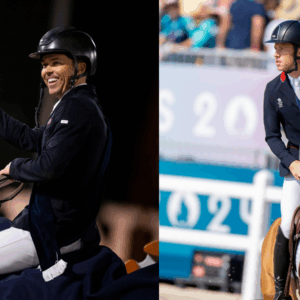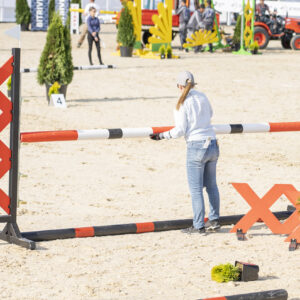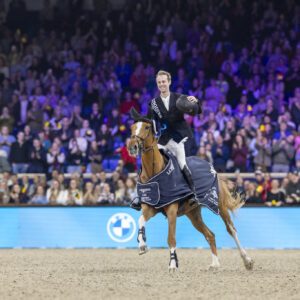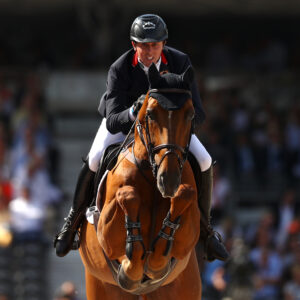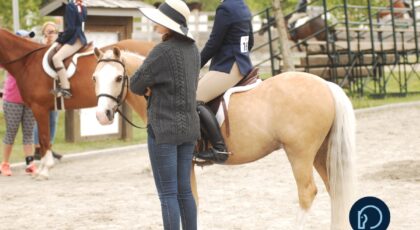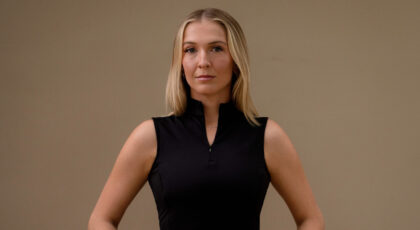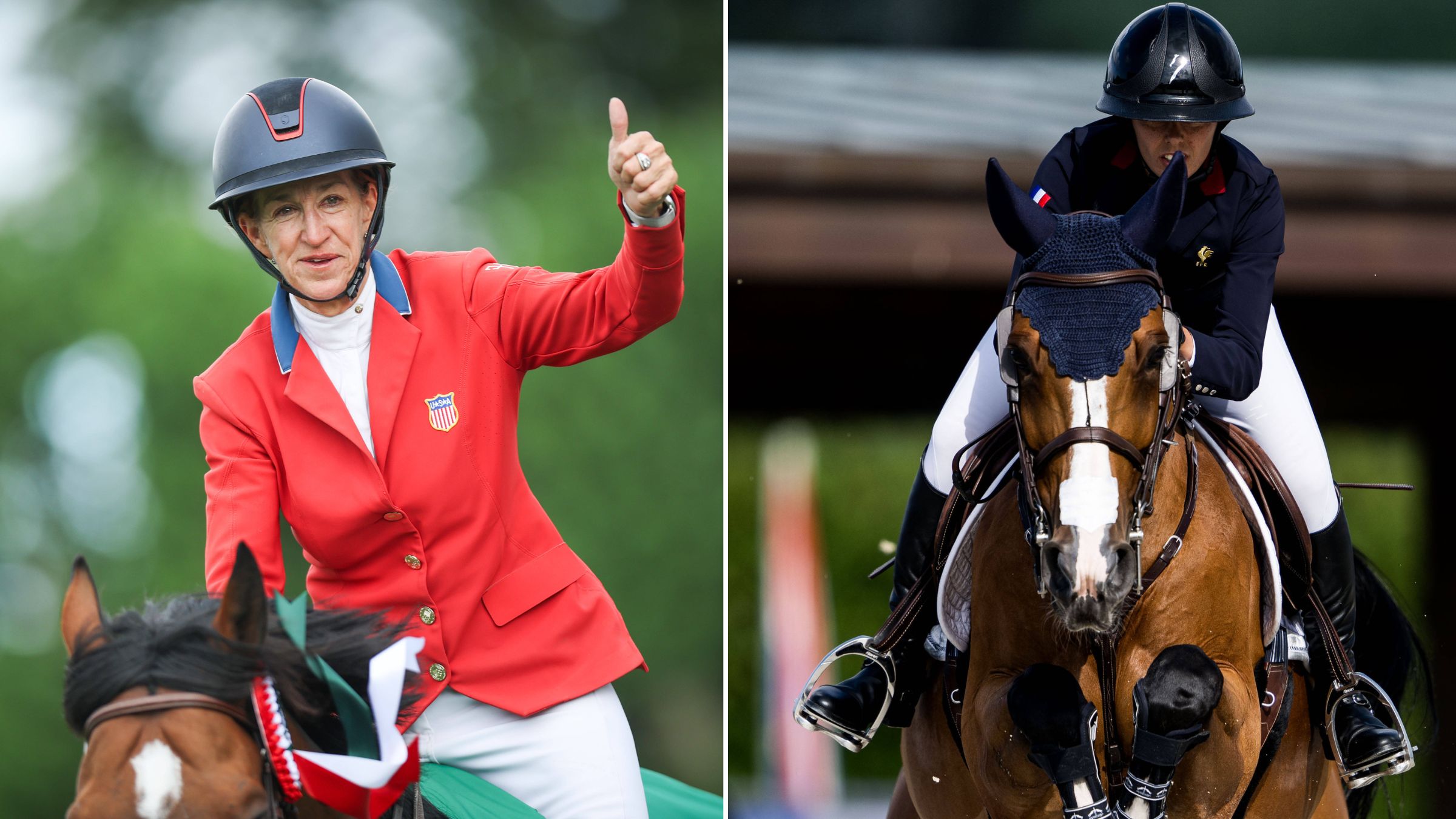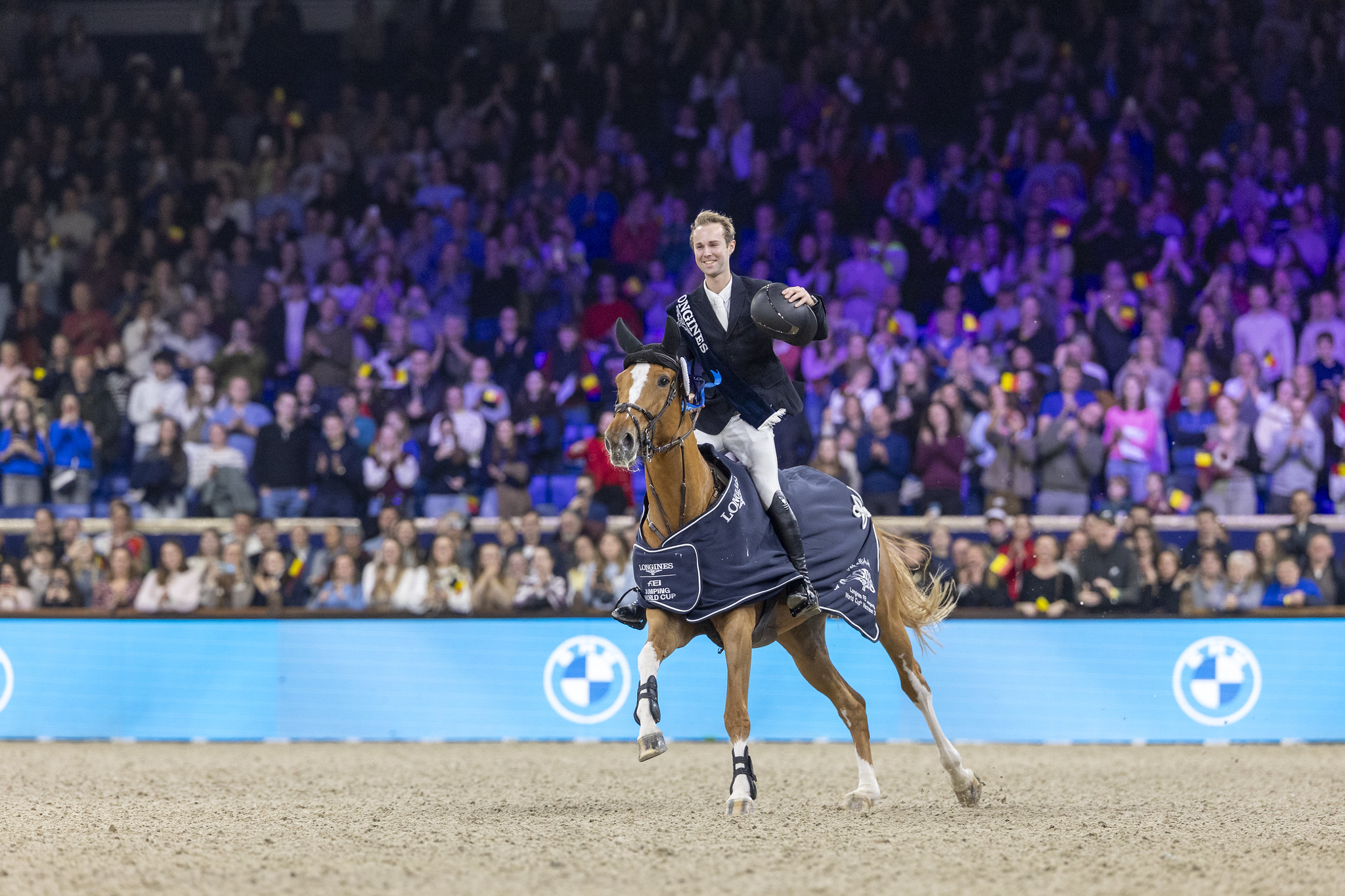Understanding a few basics about horse type helps you connect the temperament traits your horse displays most frequently to how he might respond to circumstances. This can help you make the best decisions when it comes to training techniques and schedule, as well as the way you ride your horse. Grand Prix dressage rider Yvonne Barteau has made it her business to get to know each horse’s type, and in her book The Dressage Horse Manifesto, she explains the main categories she sees and how best to work with them.
***
Horses can display traits that qualify them as social, aloof, fearful, and challenging. Further, as well as noting specific temperament traits that match your equine the best, you also need to notice how “loudly” or “quietly” (“aggressively” or “passively”) your horse displays his personality. The louder or more aggressive the personality traits are, the more it becomes a factor in the training or riding of that horse. Imagine a passive-to-aggressive scale that goes from “1” to “10,” with very passive horses of any temperament type a “1” and more aggressively demonstrated personality characteristics in that type going “up” on the scale from there.
Social
Passively social horses are quietly interested in their surroundings and in people, often entertained by observing other horses and the comings and goings in their environment. They are usually appropriately reactive during the training process. Bottom line with this kind of horse: He’s fairly easy to train and ride.
Aggressively social horses are also interested in their environments, but can be more easily distracted because of it. They can be the class clowns or jokers of their barns. They are often curious and usually in good spirits. Training issues can come up when this type’s shorter attention span (especially when the horse is young) is not taken into consideration.

Jamie Lawton with two social mares: Olnia and Gissela. These two horses are friends with everyone, as well as with each other. Photo by fireandearthphoto.com.
Aloof
Passively aloof horses are most identifiable by what they do not do. They are not that interested in others (horses or people) or in what’s going on around them, and seem to quietly ignore their environment and limit their interactions with others if they can get away with it. They need clear and appropriate signals for everything, and they also need to practice responding, because they do not know how to interact on their own.
More aggressively aloof horses will almost studiously ignore stimuli and then overreact, often inappropriately, because they were not paying attention in the first place! This type has difficulty with aid sequences and needs to learn to focus and respond in “real time.”

Bentley and Kassie Barteau. Bentley is aggressively aloof, but super-talented. Tricky but worth it. fireandearthphoto.com.
Fearful
Passively fearful horses can be quietly watchful or uncertain in new environments, and may have a more shallow comfort zone. They are usually attentive and reactive in the training process.
Aggressively fearful horses can be panicky and claustrophobic, with a strong flight instinct. They may have quick and sudden reactions to stimuli above and beyond the request that is made. These horses take patience, time, and more patience to train effectively, but they usually bond closely with the humans who understand them best.

GP Delano and Yvonne Barteau. He is a fearful, aloof horse—complicated at times, but a very hard worker. fireandearthphoto.com
Challenging
Passively challenging horses test authority a bit but can be talked out of it fairly easily with clear follow-through and quiet confidence.
More aggressively challenging types may be opportunistic and contrary, requiring riders or handlers to become a bit sharp to gain appropriate responses and respect. This type responds to clear, well-timed aids that are suitable for each and every situation they encounter. They hold their riders accountable—you can “keep them in line,” but it must be done fairly or these horses can become dangerous.

Eclipse BR is an Andalusian stallion with a mix of challenging and aloof characteristics. He holds his handlers and riders to a high standard by testing their authority. fireandearthphoto.com
***
This excerpt from The Dressage Horse Manifesto by Yvonne Barteau was reprinted with permission from Trafalgar Square Books.


 February 7, 2018
February 7, 2018 










